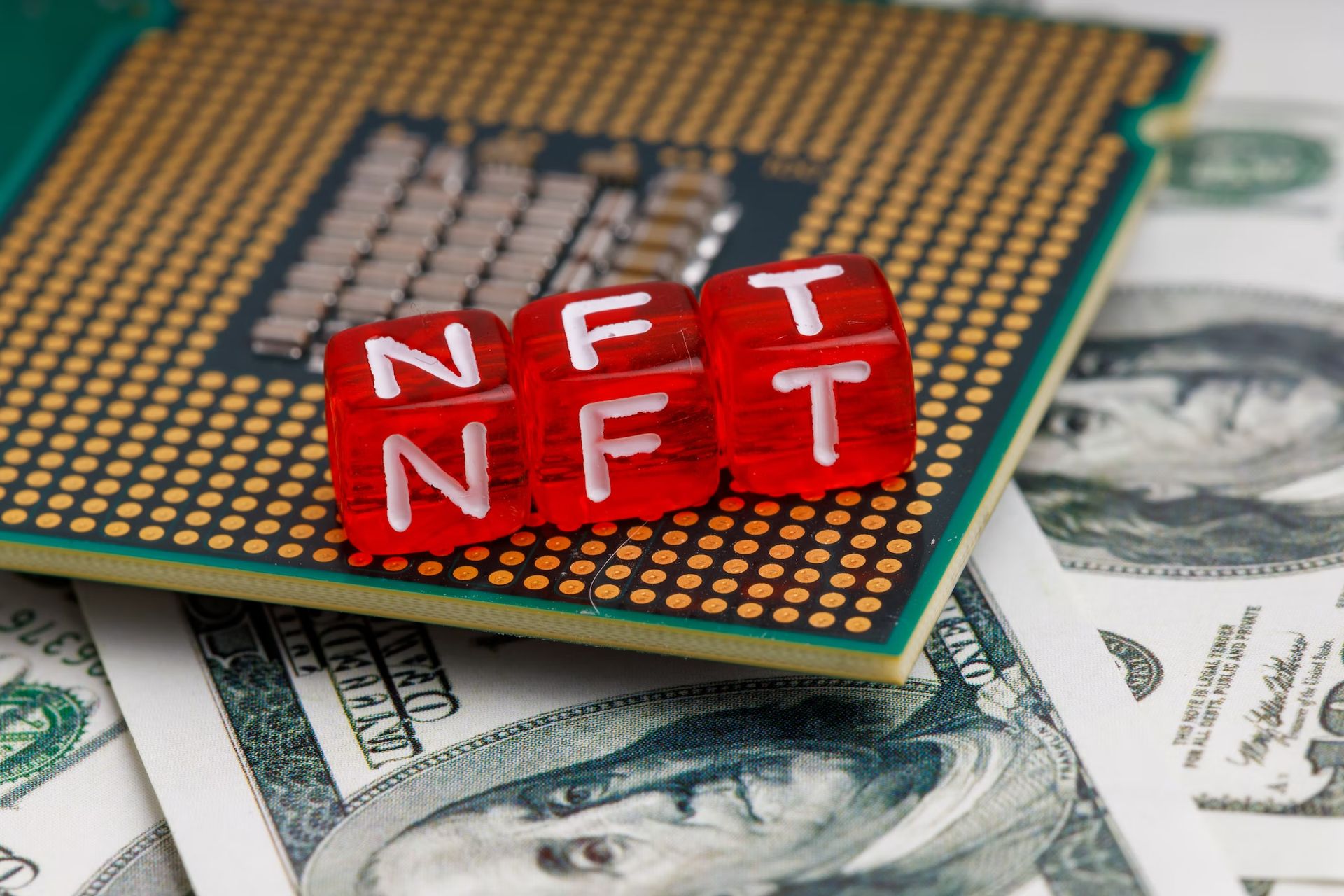A lot of people are asking the same question: “How much does it cost to create an NFT?” NFTs (non-fungible tokens) have become very popular in recent years for a number of reasons. One key factor is their unique ability to provide ownership and scarcity in the digital world. NFTs are digital assets that are stored on a blockchain and are unique and non-interchangeable, which means that they can represent ownership of a specific digital item, such as a piece of art or a collectible. This ability to create ownership and scarcity in the digital world has created a lot of excitement and interest among collectors and investors.
Another reason for the hype around NFTs is their potential to create new and exciting opportunities for artists and creators. NFTs provide a way for artists to sell their digital creations directly to consumers and to earn ongoing royalties from their work. This has created a lot of buzz and excitement among the creative community, and has led to a surge of interest in creating and selling NFTs.
Overall, the hype around NFTs is driven by their unique ability to provide ownership and scarcity in the digital world, as well as their potential to create new opportunities for artists and creators. These factors have combined to create a lot of excitement and interest in the NFT market. Now it’s time to learn how much does it cost to create an NFT!
How much does it cost to create an NFT?
Creating an NFT (non-fungible token) can vary in cost depending on a number of factors. Some of the main factors that determine the cost of creating an NFT include the platform you choose to create it on, the complexity of the NFT, and any additional services you may need.
One of the most popular platforms for creating NFTs is the Ethereum blockchain. On this platform, the cost of creating an NFT is determined by the amount of computational power needed to complete the transaction, which is measured in gas. The cost of gas is determined by the current market price, which can fluctuate. However, as of December 2022, the average cost of creating an NFT on the Ethereum blockchain is around $10-$50.
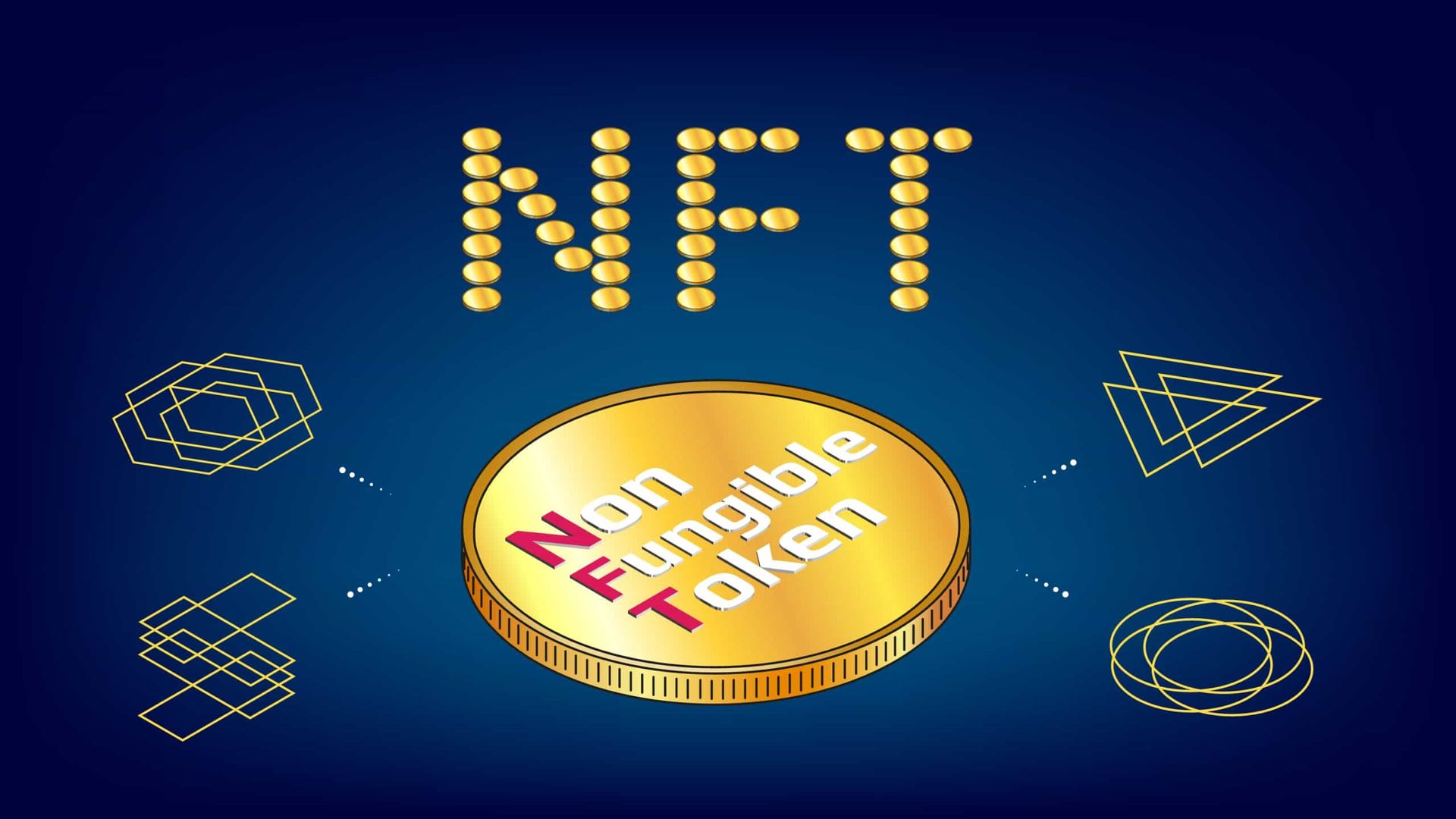
In addition to the cost of gas, you may also need to pay for other services such as storage and hosting. These costs can vary depending on the size and complexity of your NFT. For example, a simple NFT that is just a static image may only cost a few dollars per year to store, while a more complex NFT that includes audio and video files may cost significantly more.
Gas fee
The cost incurred to complete transactions on blockchains is known as a gas fee. The gas fee is set in accordance with the blockchain’s demand at the time the transaction is started. There is a gas fee associated with creating an NFT, listing it, accepting offers, transferring ownership, and purchasing the NFTs.
Account fee
The money spent on the NFT market is represented by account fees. It is a one-time fee paid when the marketplace account is created and the crypto wallet is integrated into it.
Listing fee
While some NFT marketplaces offer free NFT minting, others charge a listing fee to list NFTs for trading.
Can just anyone create an NFT?
In general, anyone can create an NFT as long as they have access to the necessary tools and resources. This typically involves using a blockchain platform that supports the creation of NFTs, such as the Ethereum blockchain. Some platforms may require users to have a certain level of knowledge or experience in order to create an NFT, but in most cases, the process is not overly complex and can be learned with some research and practice. In conclusion, while creating an NFT is not necessarily easy, it is possible for anyone to do so with the right tools and resources.
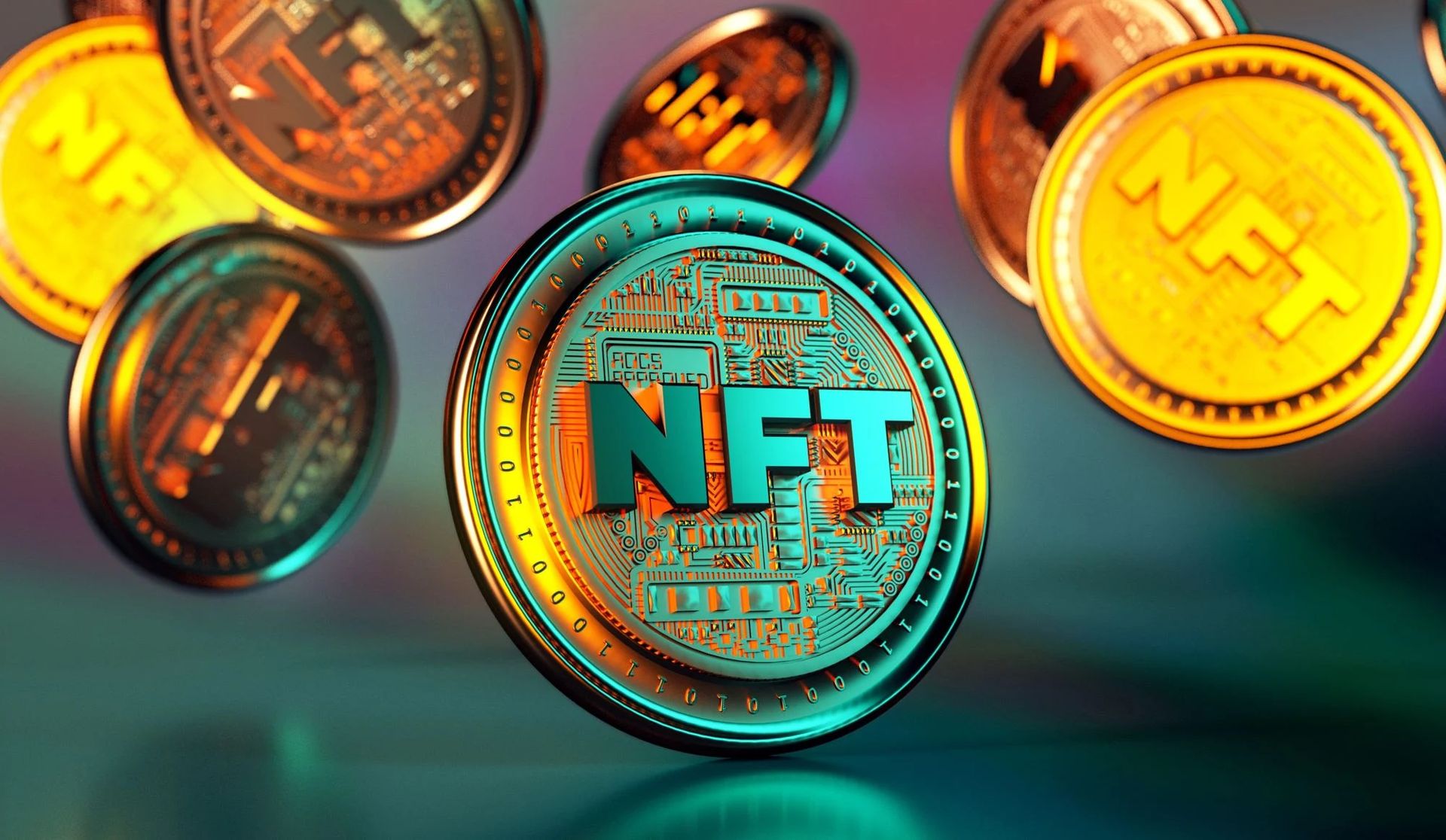
Can you make an NFT for free?
It is possible to create an NFT for free, but it may not be easy or practical. Creating an NFT typically involves using a blockchain platform, which typically requires some amount of computation and therefore costs money in the form of gas fees. However, some platforms may offer free or reduced-cost options for creating NFTs, such as a trial period or limited usage. Additionally, there may be other costs associated with creating and storing an NFT, such as hosting fees, that would still need to be paid. In conclusion, while it is technically possible to create an NFT for free, it may not be feasible or cost-effective to do so.
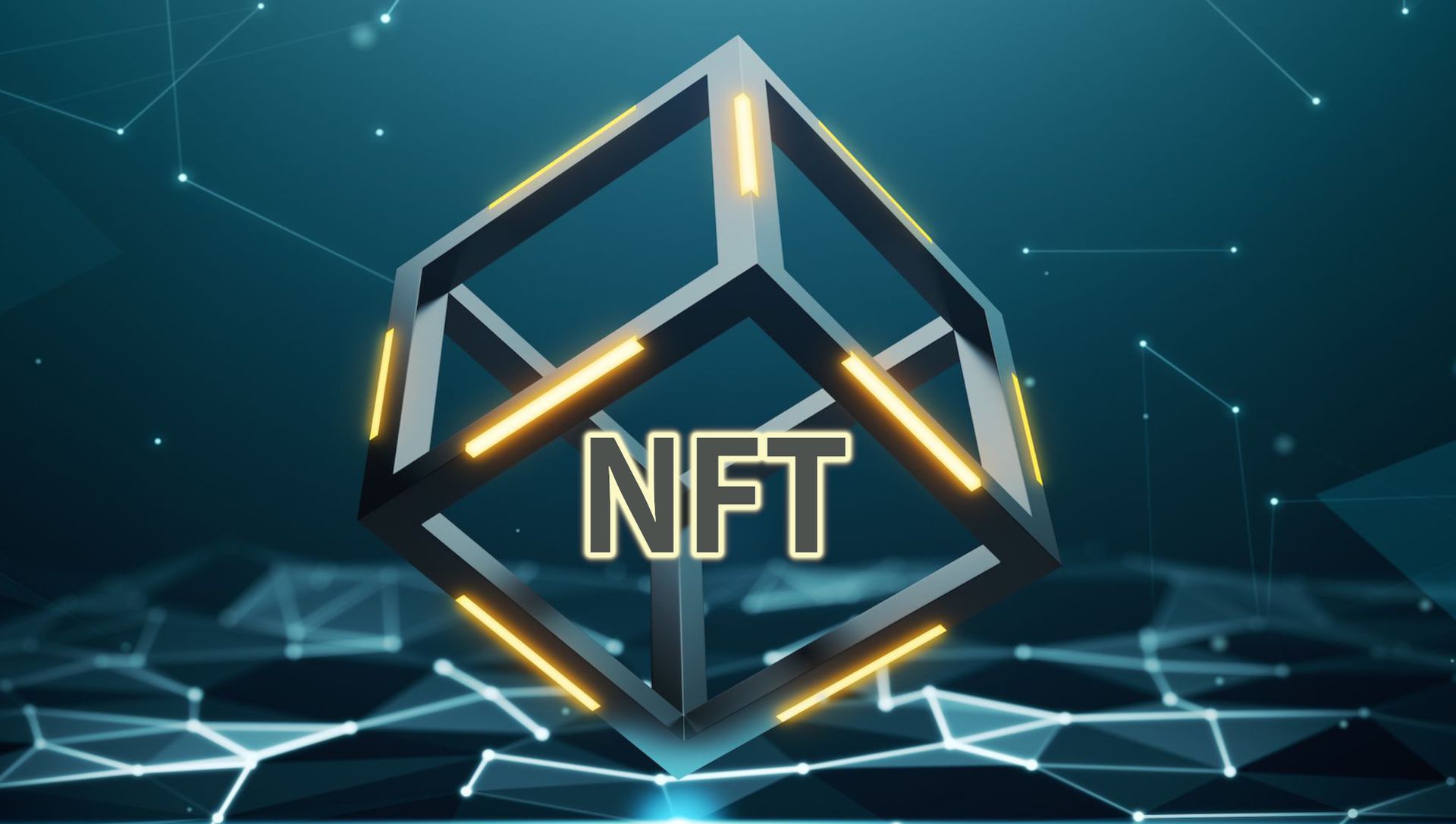
What kind of NFTs sell best?
It is difficult to say which specific types of NFTs sell the best, as the market for NFTs is still relatively new and constantly changing. In general, NFTs that are unique, rare, or have some inherent value or appeal are likely to sell well. This could include NFTs that represent ownership of a digital collectible, such as a virtual trading card, or those that are created by well-known or popular artists. NFTs that are part of a larger project or ecosystem, such as a game or virtual world, may also have a higher likelihood of selling well. Ultimately, the success of any given NFT will depend on a variety of factors and can be difficult to predict.
The market for NFTs (non-fungible tokens) is still relatively new and constantly evolving, so it is difficult to say which specific types of NFTs are likely to sell the best. However, there are some general factors that can increase the likelihood of an NFT selling well.
One key factor is the uniqueness or rarity of the NFT. NFTs that are one-of-a-kind or limited in supply are often more desirable and are therefore more likely to sell. This could include NFTs that represent ownership of a digital collectible, such as a virtual trading card, or those that are created by well-known or popular artists.
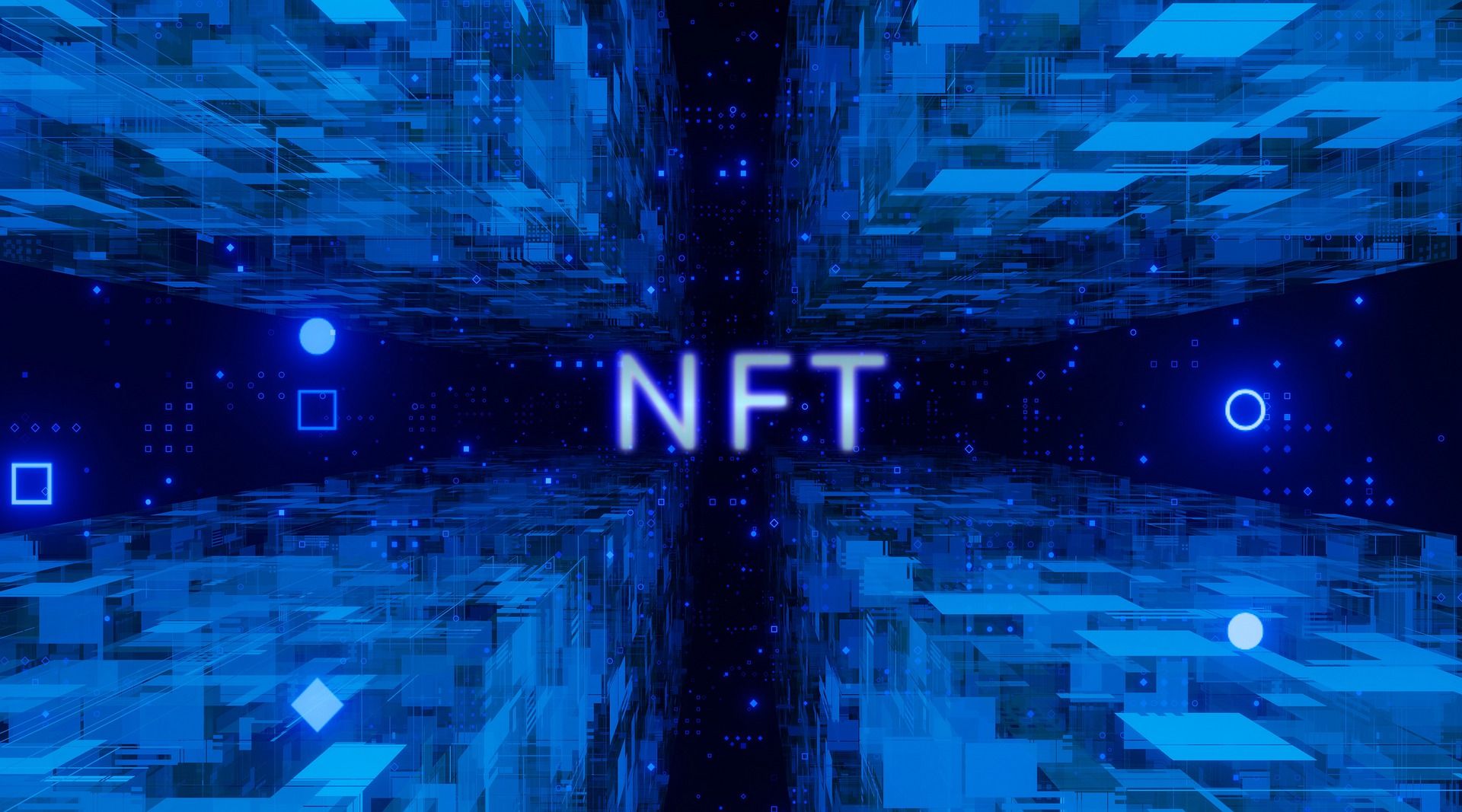
Another factor that can affect the success of an NFT is its inherent value or appeal. NFTs that have some inherent value or usefulness, such as those that grant access to exclusive content or experiences, are often more desirable and are therefore more likely to sell well.
Additionally, NFTs that are part of a larger project or ecosystem, such as a game or virtual world, may also have a higher likelihood of selling well. These types of NFTs can provide added value to users because they can be used or interacted with in a specific context, which can make them more desirable.
Overall, the success of any given NFT will depend on a variety of factors and can be difficult to predict. It is important for NFT creators to carefully consider these factors and to do thorough research before creating and selling their NFTs in order to maximize their chances of success.
What software do NFT artists use?
NFT artists typically use a variety of software tools to create and manage their NFTs. Some of the most common software used by NFT artists includes blockchain platforms for creating and managing NFTs, such as the Ethereum blockchain; digital art creation tools, such as Photoshop or Illustrator; and NFT marketplaces and galleries for selling and promoting their work.
In addition to these specific tools, NFT artists may also use a range of general-purpose software tools to support their work. This could include tools for project management, social media management, and web development, among others. The specific tools used by any given NFT artist will depend on their individual needs and preferences.
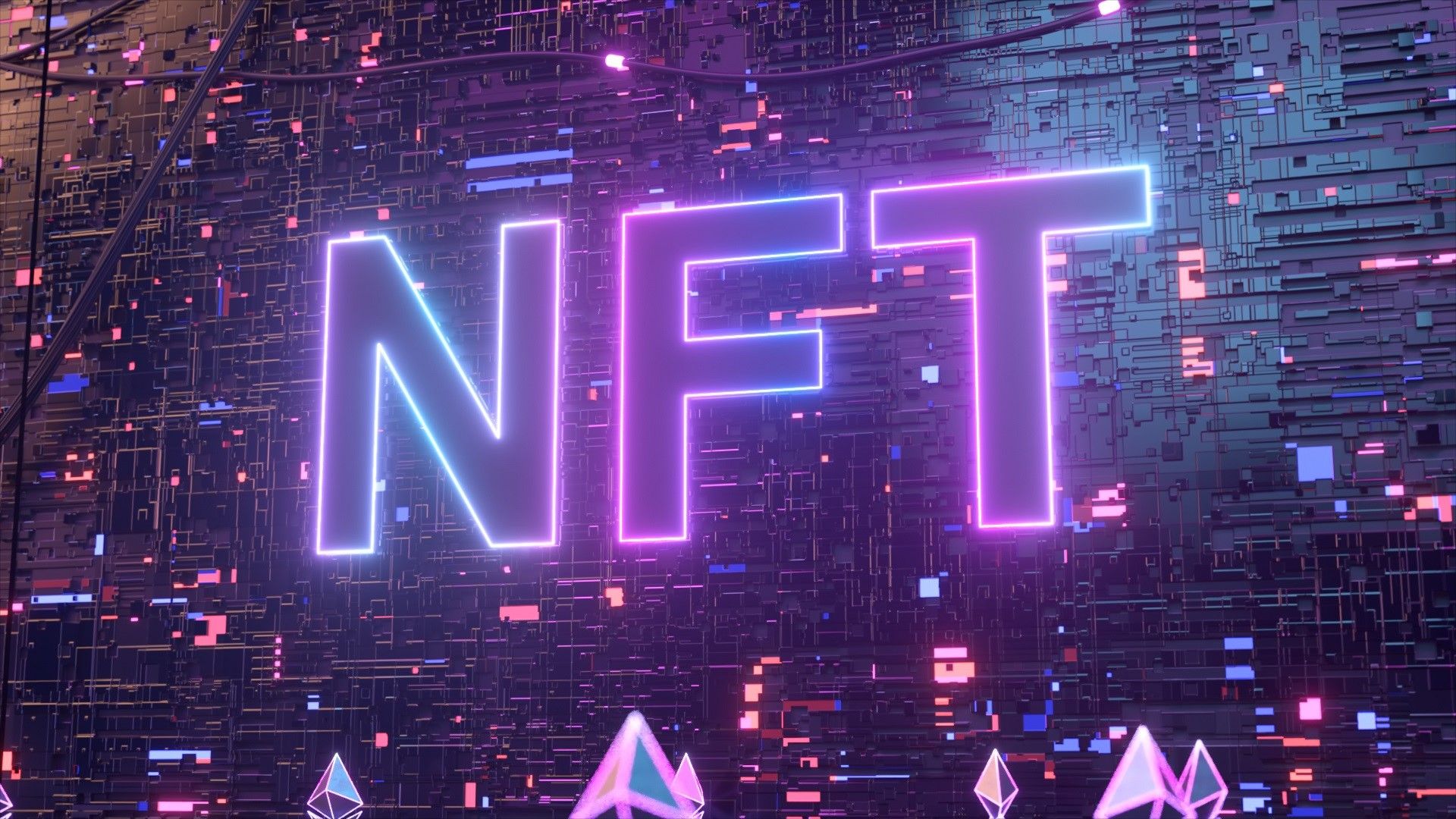
Is it illegal to screenshot an NFT?
In general, it is not illegal to screenshot an NFT (non-fungible token). An NFT is a digital asset that is stored on a blockchain, and taking a screenshot of it does not necessarily infringe on any intellectual property rights. However, it is important to note that the original creator of the NFT may hold the copyright to the underlying content, such as the digital art or other media that the NFT represents. In this case, it may be illegal to reproduce or distribute the underlying content without the permission of the copyright holder. It is always best to respect the intellectual property rights of others and to obtain permission before using or sharing their work.
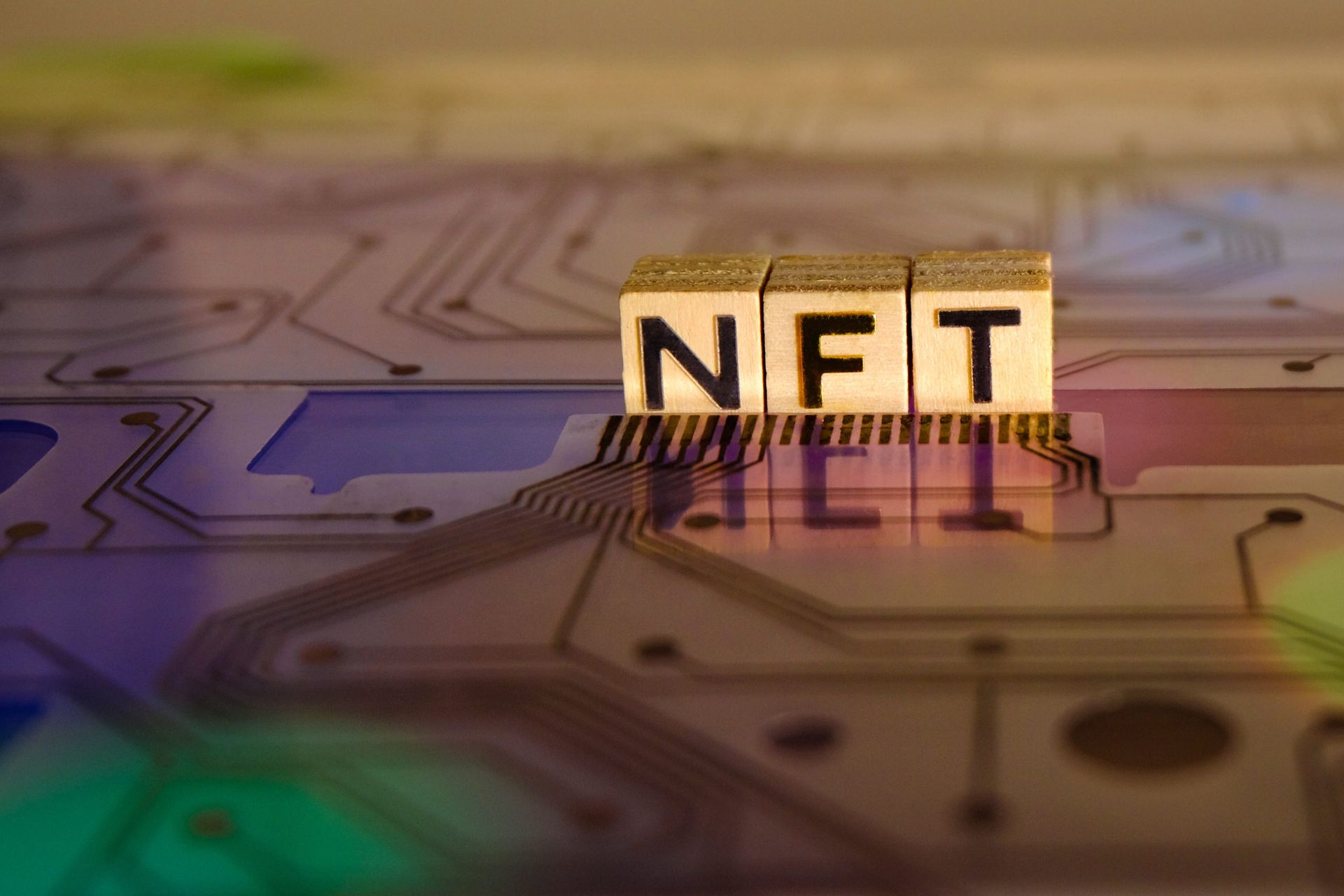
What happens if someone steals your NFT?
If someone steals your NFT (non-fungible token), there are a few potential consequences. First and foremost, the theft of an NFT is a violation of the terms of service of the platform or marketplace where the NFT was created and sold. This could result in the thief being banned or penalized by the platform, which could prevent them from using it in the future.
Additionally, the theft of an NFT may also be considered a form of intellectual property theft, depending on the specific circumstances. In this case, the victim of the theft may have legal recourse, such as the ability to file a lawsuit against the thief. However, it is important to note that the legal implications of NFT theft are still relatively unclear and may vary depending on the jurisdiction.
Overall, the theft of an NFT is a serious matter and can have significant consequences for both the victim and the thief. It is important to take steps to protect your NFTs and to report any instances of theft to the appropriate authorities.
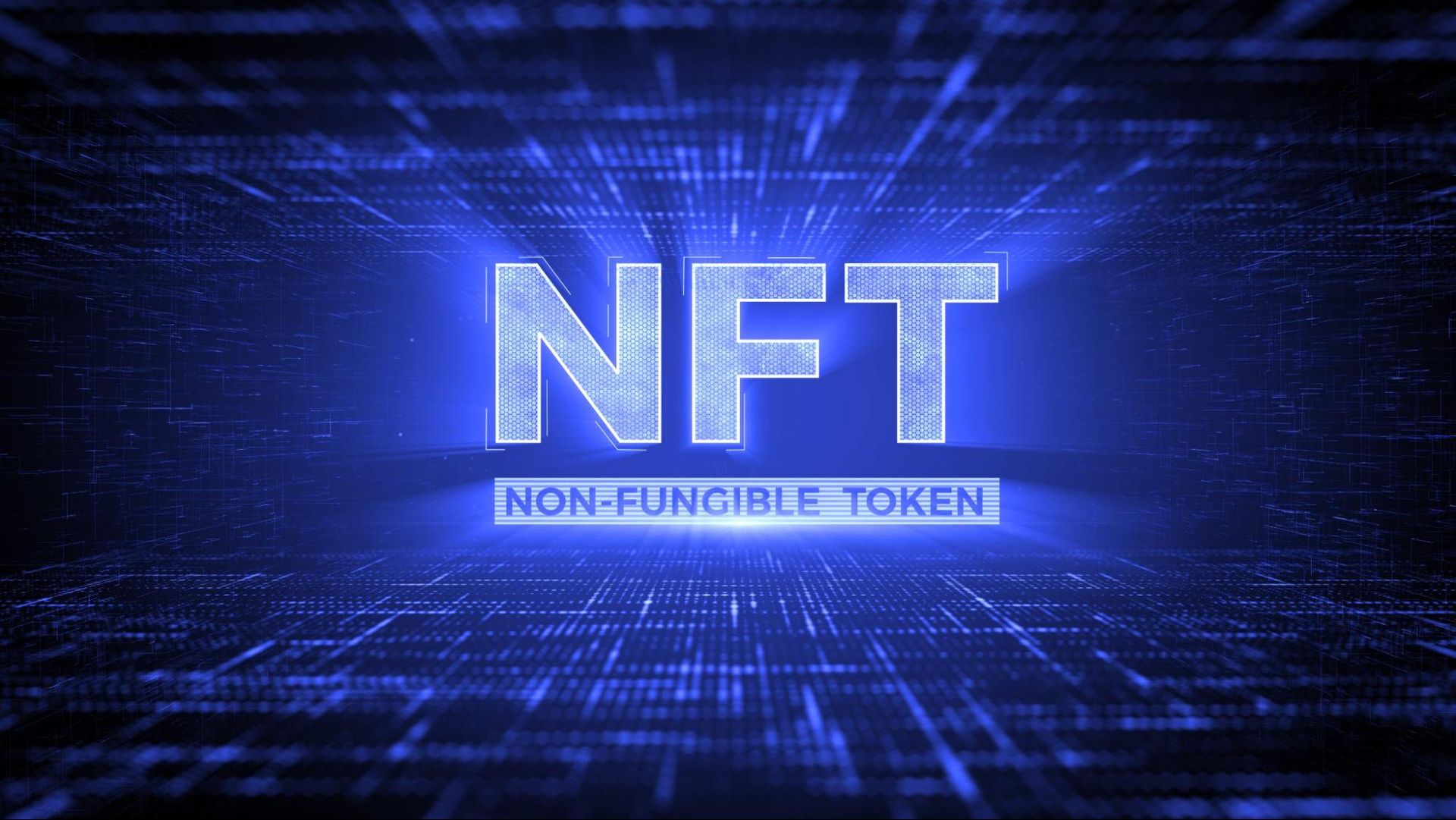
How much do NFT creators make?
It is difficult to say how much NFT creators make, as the market for NFTs is still relatively new and constantly changing. The amount of money that an NFT creator can make will depend on a variety of factors, such as the popularity and desirability of their NFTs, the prices at which they are sold, and the fees and commissions charged by the platform or marketplace where they are sold.
Some NFT creators may make very little money from their work, while others may make significant amounts. There are many high-profile cases of NFTs selling for millions of dollars, but these are relatively rare and not all NFT creators will be able to achieve this level of success. It is important for NFT creators to carefully consider the potential financial return on their work before investing their time and resources into creating NFTs.
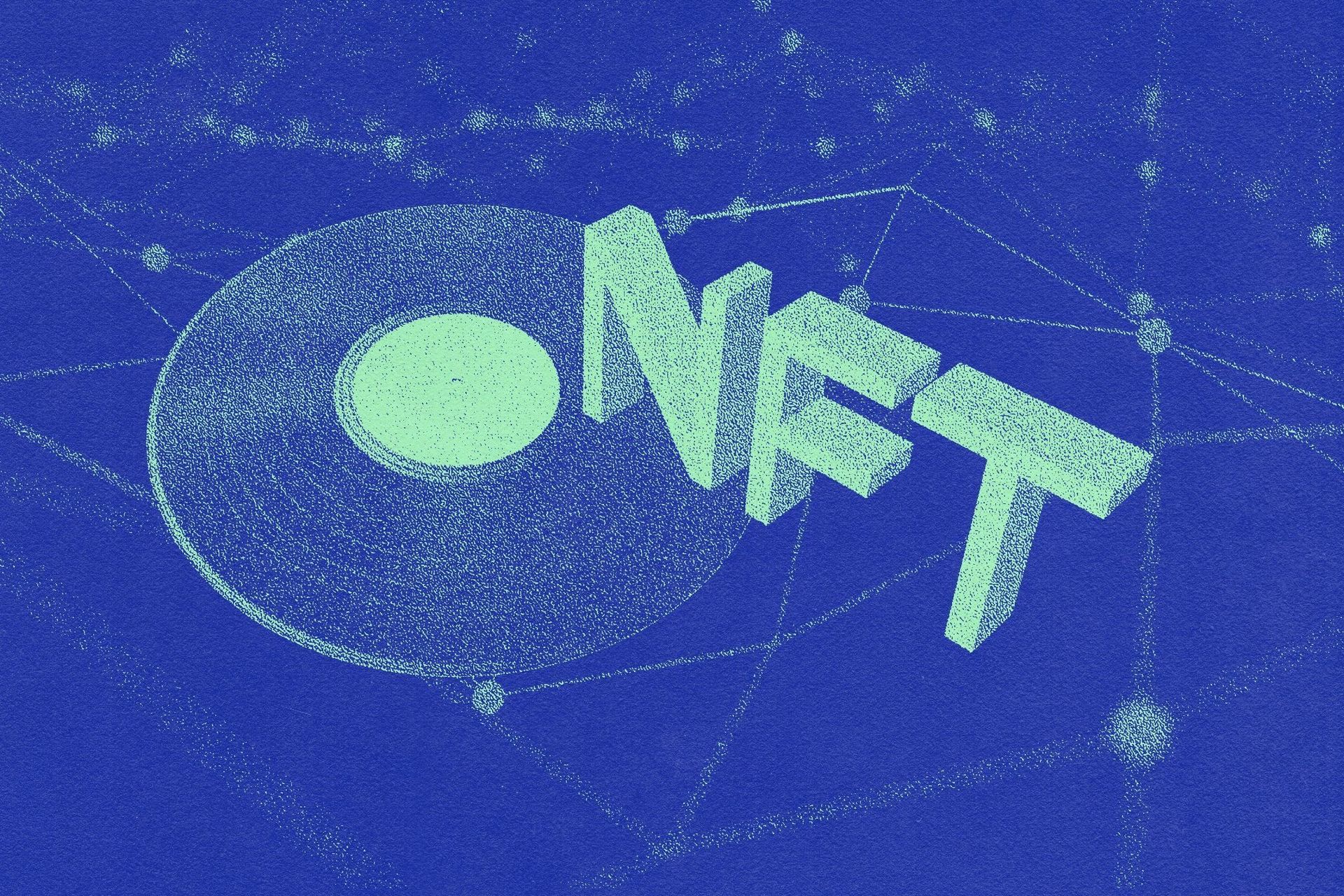
Can buying NFTs make you rich?
It is possible that buying NFTs (non-fungible tokens) could make you rich, but it is not a guarantee. The market for NFTs is still relatively new and constantly evolving, so it is difficult to predict which specific NFTs will be successful or increase in value over time.
In general, buying NFTs is a speculative investment, and like any other investment, there is a risk of losing money. It is important to thoroughly research any NFT that you are considering buying and to carefully assess the potential risks and rewards before making a purchase. Additionally, it is important to remember that buying NFTs should be done with money that you can afford to lose, and should not be considered a surefire way to get rich. We also discussed why major companies are spending big money on NFTs in our recent article!
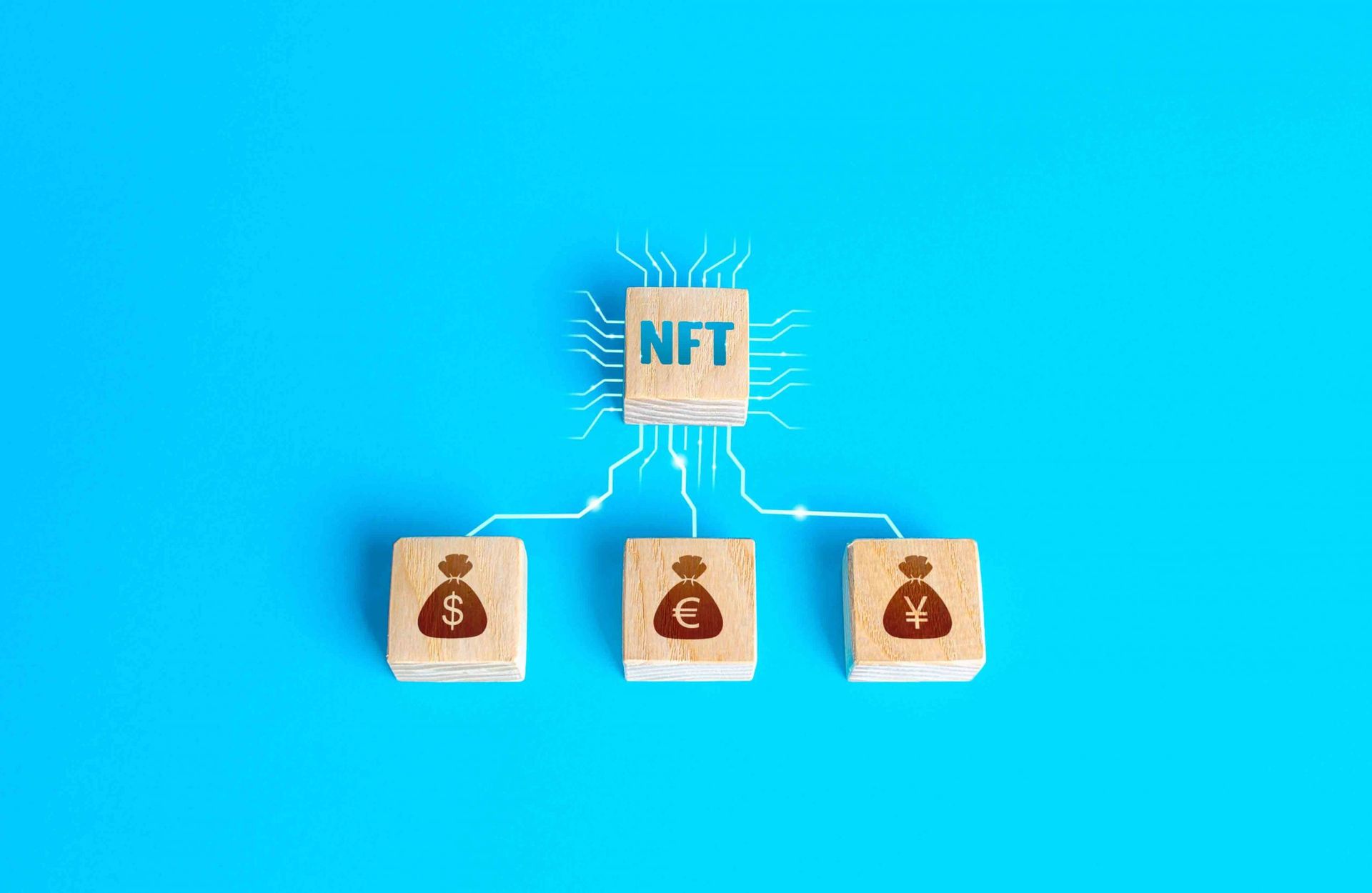
Conclusion
In conclusion, the cost of creating an NFT can vary depending on a number of factors. On average, the cost is around $10-$50, but it can be higher or lower depending on the platform you choose and the complexity of your NFT. It is important to research and compare the different options available in order to find the best solution for your needs.
NFTs (non-fungible tokens) can be a good investment for some people, but they also carry significant risks. NFTs are a new and rapidly evolving asset class, and the market for them is still relatively uncertain. As with any investment, it is important to thoroughly research any NFT that you are considering buying and to carefully assess the potential risks and rewards before making a purchase.
Additionally, it is important to remember that buying NFTs should be done with money that you can afford to lose, and should not be considered a surefire way to get rich. Overall, the potential benefits and drawbacks of investing in NFTs should be carefully considered before making any decisions. We hope you were able to learn how much does it cost to create an NFT. We tried to inform you with the most frequently asked questions about the topic!

